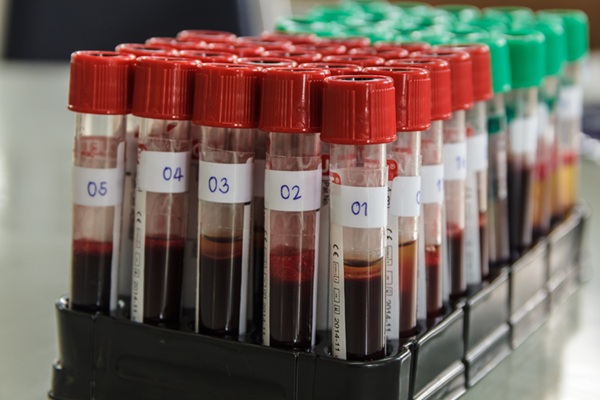Dual Blood Biomarkers Improve ALS Diagnostic Accuracy
Posted on 14 Nov 2025
Diagnosing amyotrophic lateral sclerosis (ALS) remains difficult even with advanced imaging and genetic tools, especially when clinicians must distinguish it from other neurodegenerative conditions that present similarly. Now, a new study addresses this gap by showing that two blood biomarkers—serum neurofilament light chain (sNfL) and cardiac troponin T (cTnT)—can work together to significantly improve diagnostic accuracy in ALS.
In the study led by University Hospital Bonn (Bonn, Germany), researchers focused on how the two markers complement each other. sNfL is widely used to indicate neuroaxonal damage, but it is not specific to ALS. cTnT, usually known as a cardiac marker, also rises in ALS patients because of muscle-related changes rather than heart disease. By examining both, the team assessed their individual diagnostic value as well as their combined performance.

In the retrospective analysis, data from 293 ALS patients were compared with 85 individuals who had other neurodegenerative disorders and 29 healthy controls. An additional independent cohort of 501 ALS patients was then used to validate the findings. Using ROC curve analysis, the combination of sNfL and cTnT showed markedly better distinction between ALS and other conditions, strengthening its potential role in early diagnosis.
The researchers also identified an ALS-specific threshold for cTnT at 8.35 ng/L, considerably lower than the standard cardiology cutoff of 14 ng/L. This adjusted threshold boosted diagnostic sensitivity and enabled more ALS cases to be correctly detected. The biomarker pairing also demonstrated prognostic value. Patients with normal levels (“biomarker-negative”) experienced slower disease progression compared with “biomarker-positive” individuals. Median disease duration was 73 months in the biomarker-negative group, versus 18 months in the biomarker-positive group, with significantly slower clinical decline.
In the study published in Annals of Neurology, the authors concluded that combining sNfL and cTnT enhances diagnostic precision in ALS while offering insight into disease trajectory. The dual-marker approach could support earlier, more confident ALS diagnoses and help identify patient subgroups with different prognoses, opening the door to more personalized care and advancing therapy development.
“Our results demonstrate that combining sNfL and cTnT improves diagnostic accuracy in ALS and also provides valuable insights into disease progression,” said PD Dr. Patrick Weydt, Head of the ALS and Other Motor Neuron Disease Clinic at UKB.
Related Links:
University Hospital Bonn














